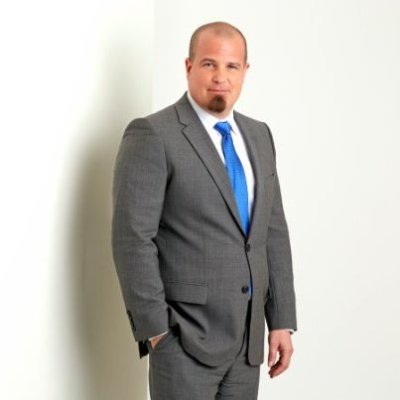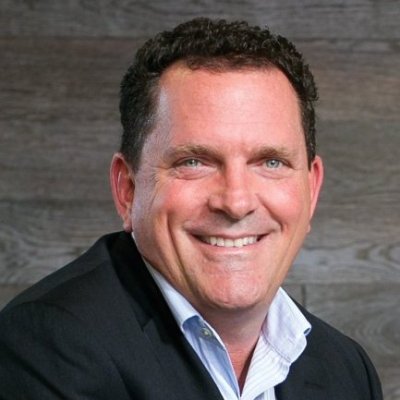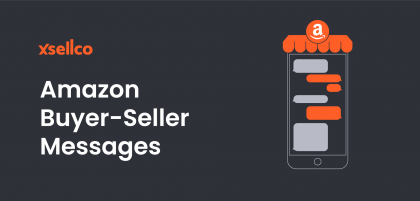IT giant Oracle has 420,000 customers including all 100 of the Fortune 100 companies, so getting customer support right is non-negotiable. Its customers don’t mess about. What it thinks about customer support will surprise you.
Software group Sage has 6.1 million customers of different sizes and different needs and DHL Express is the world’s leading express services firm, handling millions of deliveries to 220 countries every single day. Telerx looks after customer services for some of the biggest businesses on the planet, handling 35 million customer interactions in 100 different countries and in 30 different languages every year. These are seriously successful companies that have invested heavily in figuring out how they will deal with the challenges of the “always on” consumer and how to harness new technologies to streamline the process.
Whether you run a multi-billion dollar global enterprise or a business selling t-shirts on eBay or Amazon, many of the same pain points still apply. In all business models, companies must work on using newer technologies and techniques to give customers answers as quickly as possible, when they want, on the channel they want.
Big and successful businesses are now moving toward customer support as a brand-focused profit center, a strategy that goes beyond retention. It’s a move driven by customers who have become far more engaged and empowered. Companies are investing serious amounts in improving their capabilities because they recognize the importance in delivering what customers want: consistent answers, delivered seamlessly.
Balaji Bashyam, Vice President Global Customer Support, Oracle, which has 420,000 customers around the world.
‘’Generally customer service is associated with people and soft skills, and there is truth to that. People make a huge difference. On the other hand, I think a lot can be accomplished with automation.’’
‘’We spend a lot of time putting quality programs in place to help our employees do their best. At the same time, we are also spending enormous resources and time on the backend automation because we believe both of these go hand-in-hand.’’
Frank Pettinato, Senior Vice President – Telerx, the expert providers of outsourced customer service which handles 35 million customer interactions for Fortune 500 companies in 100 countries and 30 different languages.
‘’Consumers now expect to be able to contact their brands anytime, anywhere, through any channel. Powerful self-service tools are beneficial because people can get a quick answer.’’
 Jeff Lundal, Group Vice President, Service Automation, Oracle, which counts all 100 of the Fortune 100 as customers.
Jeff Lundal, Group Vice President, Service Automation, Oracle, which counts all 100 of the Fortune 100 as customers.
‘’The empowered consumer wants to self-serve and self-satisfy quickly. The quickest way of doing that is going online, looking at a FAQ page, answering a question through self-service or a chat engagement.’’
Unfortunately, not a lot of companies are doing a great job in online customer support.’’
“It all revolves around being relevant online, answering questions, and creating a connection with the consumer, creating a community.’’
Communities are the next stage of self-service, a community of peers you can go to and ask for answers. That creates engagement and loyalty, and even a lot of good product ideas.”
“One of the new metrics we’re starting to see is customer effort score, that’s defined as the amount of time or effort to get resolution to a question or incident. The idea is that a lower customer effort score equates to a better customer experience. Customers with a low score are more apt to stay with you and spend more money with you.”
 Mark Marshall, Executive Director, Customer Care, MetTel, which provides integrated telecommunication systems for a wide range of clients.
Mark Marshall, Executive Director, Customer Care, MetTel, which provides integrated telecommunication systems for a wide range of clients.
“There is no better source than your clients to understand what they want next.”
‘’Everyone in the organization has to understand the role customer service plays.’’
“It’s critical to have full adoption from within the organization, acceptance at the C-level and board level, of the value that customer service and customer care delivers. Not just the individual care experience, but how customer service builds your brand, how it impacts client retention, how it impacts opportunities for new revenue and how it impacts your opportunity to gain new clients.’’
‘’In the omni-channel space. We had no choice. There is this new, hyper-interactive consumer with all these great gadgets at their disposal—all of whom have unique ways they want to approach us.’’
 John Marick, Chief Executive Officer, Consumer Cellular, the mobile network, with over 2 million customers that has earned the top customer satisfaction ranking from Consumer Reports in 2010, 2011, 2012, 2013, 2014 and 2016
John Marick, Chief Executive Officer, Consumer Cellular, the mobile network, with over 2 million customers that has earned the top customer satisfaction ranking from Consumer Reports in 2010, 2011, 2012, 2013, 2014 and 2016
‘’We’ve worked to make our website even more friendly and easier for customers who want self-service via the web or their smartphone.’’
 Christine Nashick, Chief Customer Officer, DHL Express U.S, part of the DHL Express group which delivers to customers in 220 countries around the world.
Christine Nashick, Chief Customer Officer, DHL Express U.S, part of the DHL Express group which delivers to customers in 220 countries around the world.
’’We measure quality and performance in terms of successful resolutions. We also measure customer satisfaction and customer loyalty.’’
 Denise Connors, Vice President of Customer Service at NYSE listed specialist insurer Trupanion
Denise Connors, Vice President of Customer Service at NYSE listed specialist insurer Trupanion
“To have enough real-time data at our fingertips to help us be more informed about the customer at hand, to really address whatever they’re dealing with right now and also anticipate the customer’s next two moves.’’
 Brad Smith, Executive Vice President – Sage North America, which has 6.1 million customers around the world.
Brad Smith, Executive Vice President – Sage North America, which has 6.1 million customers around the world.
“To make sure there’s consistency across all the different customer interaction channels, I have business rules. The first business rule is: Is this a known thing? Do I know it? Can I diagnose it? Or is this something in the gray area? The second business rule is: What’s the appropriate treatment’’
“Even if we have an automated means to resolve the issue quickly, the treatment rule may say to route this customer to a superstar agent who not only understands the product but also understands the customer’s business and segment. And we can provide white glove treatment and create a memorable experience, to optimize the risk of churn.’’
It’s pretty clear that increased automation, web chat, leveraging real time data and the ability to channel customer queries to the most appropriate operatives are going to be dominant features in streamlining and making support more efficient. Businesses – particularly web sellers – face huge issues as customer support becomes omni-channel, 24/7 and with faster response times expected.
The views of some of the most powerful executives at the likes of Sage, Oracle and DHL Express – contained in an extensive Forbes Insight Report – could make for a valuable roadmap for those looking to future proof their customer support capabilities. If the world’s biggest companies are thinking like this….shouldn’t you?









